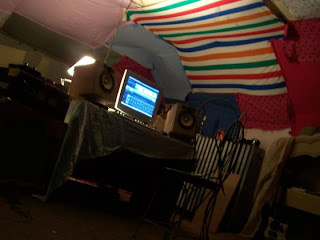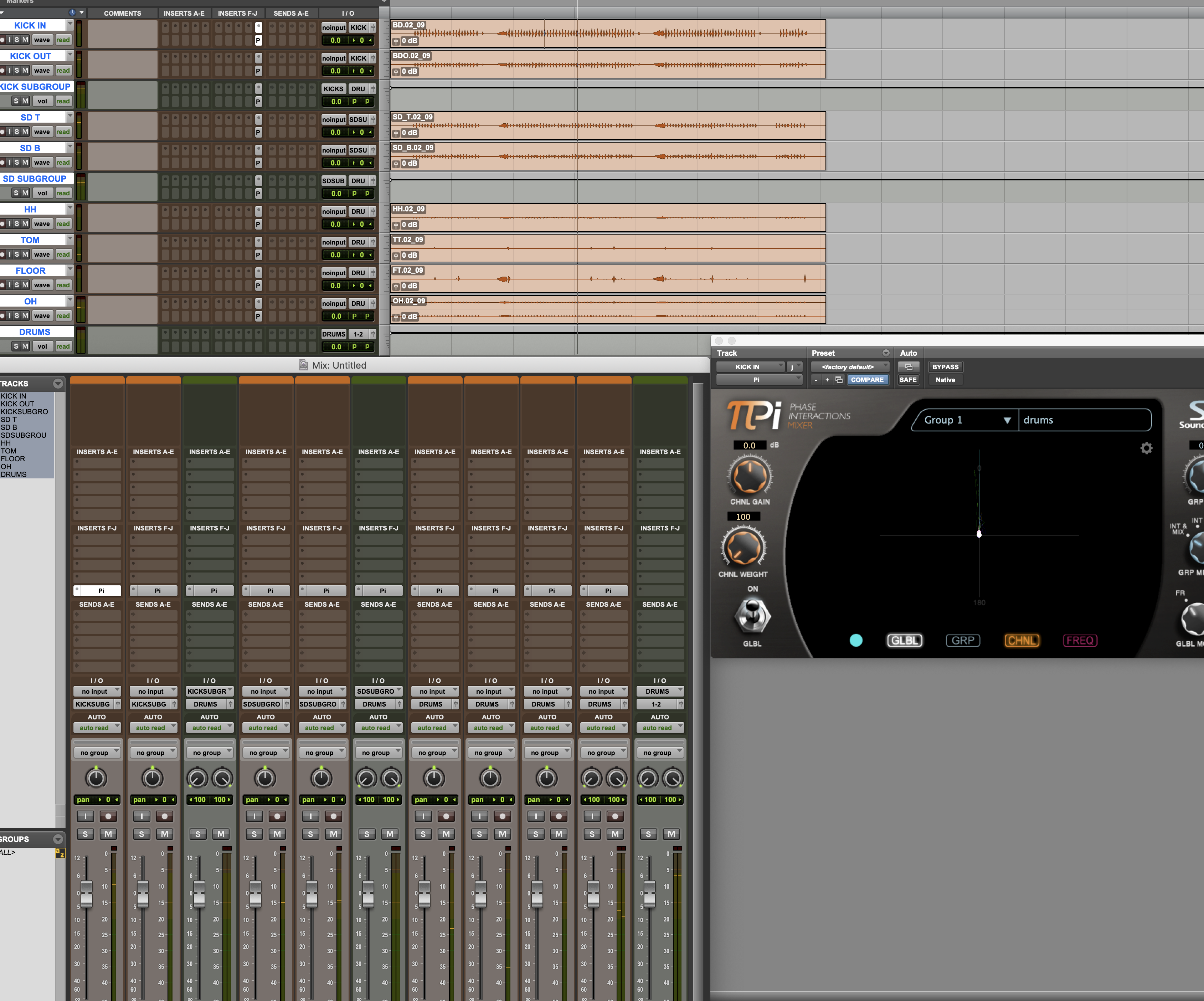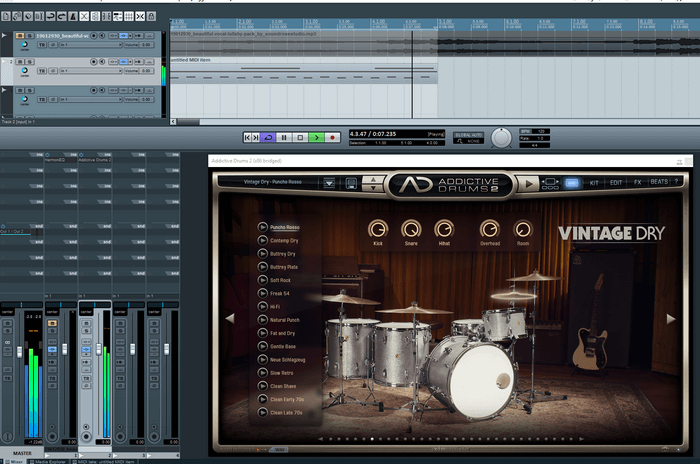

Today I have a Roland TD-30 and a laptop with Windows 7 64-bit, Cubase 5 and the Reaper (only used Cubase before).

So everything depends a little on what you want to achieve -) The average user or hobbyist most likely won't recognize these subtleties, while the audio professionals do and may rate your recordings accordingly -) as analog audio again for output purposes (folding of frequency bands, distortion, digital noise added, and many more one remmedy is moving from 16-bit representation (CD-quailty) to 24-bit (which gives plenty of head room should the recording have been too low in volume)).

Technically it's a brilliant idea, with a bunch of accompanying nightmares when it comes to signal processing, e.g. So "Digital Audio" is close to "Analog Audio", but not identical. Several digital formats exist about how this stream should look like and how it should be (re-)interpreted by digital processors later. Which means small/tiny variations in the analog signal are discarded (LSB, least significant bit) and the former analog signal is represented as a stream of bits. So analog signals must be approximated, which is done by the ADC. when transmitting analog signals through wires or by radio waves.ĭigital technology is "dumb" in the sense of distinguishing only between 0 and 1 states (bits). The downside was added noise, distortions, phase delays etc. a voltage) varied over time in non-discrete steps, i.e. "Audible data" are probably in a digital audio format, which your DAW can receive and replay.Īudible data in the digital world: Before digital technology was invented things were simple: audio was analog audio. The VST-program receives those data and compiles "audible" data from it and from its huge sampling base of acoustic drum sets. TD-30 sends some digital data in whatever format to your computer. VST: As far as I understand VST uses a different approach. You may need to adapt the mapping of MIDI-values to replayed sounds, later. Use an instrument track in your DAW to record MIDI-data. Recording MIDI could be useful if you want to have (and may be process) the note values you played on TD-30. Synthesizer implementation and audible interpretation of MIDI-data do vary widely. Your observation sounds like when you connect TD-30 to your computer (probably over a MIDI-cable) it uses TD-30's internal synthesizer, while when you disconnect it it uses a different one (probably from your DAW). MIDI: As MIDI is a record track of events, not sound, it most likely sounds different all the time: this happens, when you change the synthesizer you feed with your MIDI-data. Then you can record from TD-30 and replay on TD-30 in extremely good audio quality.
Cubase 12 vs reaper install#
To use USB-audio install Rolands USB driver on your computer and connect TD-30 by a printer USB cable to your computer. To overcome this TD-30 offers USB-audio in 24-bit quality. However, this way you seriously limit your audio quality to the worst component in the signal chain, which usually is the Analog-to-Digital Converter (ADC) of your computer (adding noise, distortion etc.). Create an audio track in your DAW, connect TD-30 analog outputs to your computers analog inputs and record. Recording audio with your DAW: That's not different from recording microphones or similar. So TD-30 converts those records through its internal synthesizer into audible sound, e.g. MIDI or pattern aren't audible music, just a record about what happened. Principle of operation: internally TD-30 records events (pads hit when, where, how strong etc.) in a MIDI-like format, and calls it "pattern".
Cubase 12 vs reaper manuals#
Please check the TD-30 manuals for more details I'm talking about. Here is my view based on Presonus Studio One, while the program you use doesn't matter.


 0 kommentar(er)
0 kommentar(er)
